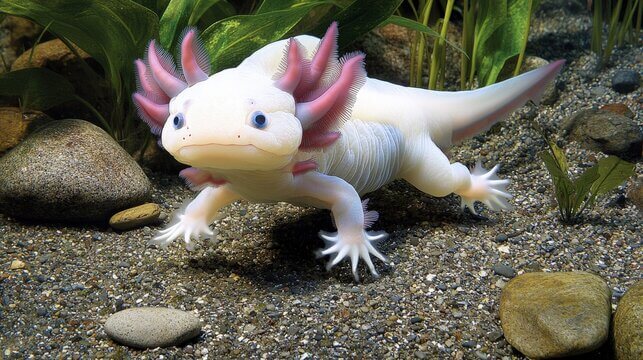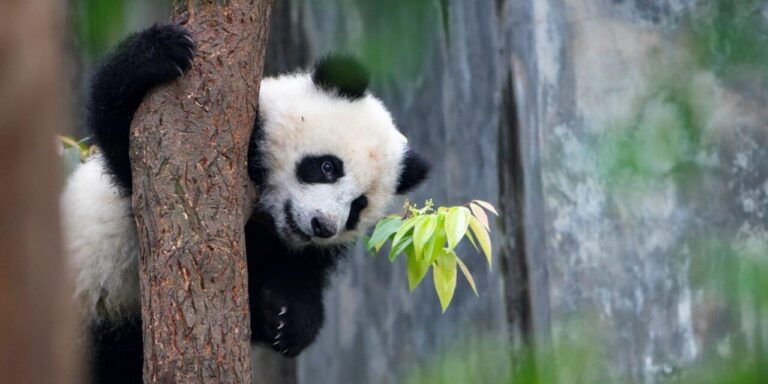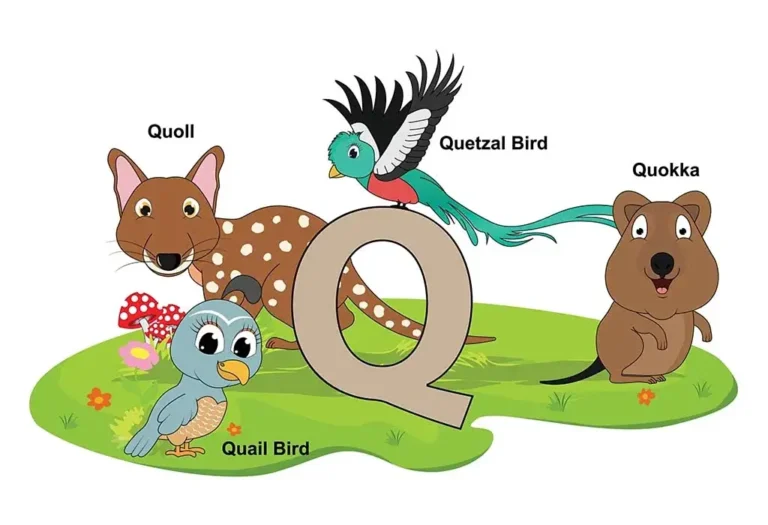Okapi: The Mysterious Forest Giraffe
The Okapi, often called the “forest giraffe,” is one of the world’s most unique and elusive animals. With its striking stripes and mysterious nature, this animal has captured the fascination of scientists and wildlife enthusiasts alike. This in-depth article will explore Okapi’s scientific classification, physical characteristics, habitat, behavior, diet, reproduction, predators, conservation status, interesting facts, evolutionary history, and its relationship with humans.
Contents
Scientific Classification
- Kingdom: Animalia
- Phylum: Chordata
- Class: Mammalia
- Order: Artiodactyla
- Family: Giraffidae
- Genus: Okapia
- Species: Okapia johnstoni
The Okapi is the giraffe’s only living relative, sharing a unique lineage that distinguishes them within the animal kingdom.
Physical Characteristics

The Okapi is a striking animal with a mix of features that resemble both a giraffe and a zebra:
- Size: Adults stand about 5 feet tall at the shoulder and can be up to 8 feet long, weighing between 440 to 770 pounds.
- Coat: It has a velvety, dark brown coat with distinctive white horizontal stripes on its legs and hindquarters, which serve as camouflage in its dense forest habitat.
- Head: The Okapi has a long, prehensile tongue that can reach up to 18 inches and is used for stripping leaves and grooming.
- Ears: Large and flexible, the ears help the Okapi detect faint sounds in the forest, aiding in its survival.
- Neck: While not as long as a giraffe’s, the Okapi’s neck is still elongated, providing a similar browsing advantage.
Habitat
- Location: The Okapi is native to the dense, tropical rainforests of the Democratic Republic of the Congo (DRC) in Central Africa, primarily in the Ituri Forest.
- Environment: Preferring dense forest cover, the Okapi thrive in areas with abundant understory vegetation and access to freshwater sources.
Behavior

- Solitary Nature: Okapis are mostly solitary, coming together only during mating or when a mother raises her calf.
- Territorial Marking: They use their scent glands on their feet to mark their territory and communicate with other Okapis.
- Communication: Okapis make low-frequency vocalizations inaudible to human ears to communicate over long distances in dense forests.
- Activity: They are primarily diurnal, foraging during the day and resting at night, though their elusive nature often keeps them out of sight.
Diet
- Herbivorous Diet: The Okapi is an herbivore that feeds on various leaves, buds, grasses, ferns, fruits, and fungi.
- Feeding Behavior: Using its long, flexible tongue, the Okapi can reach leaves high up in the forest understory that other herbivores cannot access.
- Clay and Charcoal Consumption: They consume clay and charcoal, which provide essential minerals and help detoxify certain plant compounds.
Reproduction
- Breeding Season: Okapis do not have a specific breeding season, although births are more common in the late spring and early summer.
- Gestation: Females have a long gestation period of about 14 to 16 months, typically giving birth to a single calf.
- Calves: Newborn Okapis can stand within 30 minutes of birth and are hidden by their mothers in dense vegetation for the first few weeks to protect them from predators.
Predators
- Primary Threats: The main predators of Okapis in the wild are leopards, which prey on adult Okapis and calves.
- Human Threats: The biggest threats come from human activities, including poaching and habitat destruction due to logging and mining.
Conservation Status
- IUCN Red List: The Okapi is classified as Endangered, with populations declining due to habitat loss, poaching, and political instability in the DRC.
- Conservation Efforts: Organizations such as the Okapi Conservation Project work tirelessly to protect the species through habitat preservation, anti-poaching efforts, and community education.
Interesting Facts
- Camouflage: The Okapi’s stripes are not just for show—they provide excellent camouflage in the dappled light of the forest, making the animal nearly invisible.
- Unique Tongue: An Okapi’s tongue is so long that it can clean its eyes and ears.
- Discovering the Okapi: Though known to local communities, the Okapi was only officially discovered by Western science in 1901, when British explorer Sir Harry Johnston documented it.
Evolutionary History
- Giraffidae Family: Okapis and giraffes split from a common ancestor around 16 million years ago, with Okapis adapting to forest life while giraffes are adapting to open savannahs.
- Fossil Evidence: Fossil records indicate that ancestors of the Okapi once roamed more extensive parts of Africa but gradually retreated into the dense forests of the DRC.
Relationship with Humans
- Cultural Significance: The Okapi has cultural importance among the indigenous people of the Congo, symbolizing the forest’s mysterious and untamed nature.
- Zoological Representation: Okapis are rarely seen in captivity due to their specialized care needs, but some zoos have successfully bred them, aiding conservation awareness.
Conclusion
The Okapi is a remarkable and unique animal that symbolizes the hidden wonders of the world’s rainforests. Despite its elusive nature, this beautiful creature faces significant challenges from human encroachment and environmental changes. Through continued conservation efforts and increased awareness, there is hope for protecting the Okapi and ensuring its survival for generations.
- Golden Retriever Pros and Cons: What Every Pet Parent Should Know - 15 September 2025
- Cane Corso Dog Breed: Health, Care, and Lifespan - 14 September 2025
- Catahoula Leopard Dogs: Description, Temperament, Lifespan, & Facts - 21 July 2025







